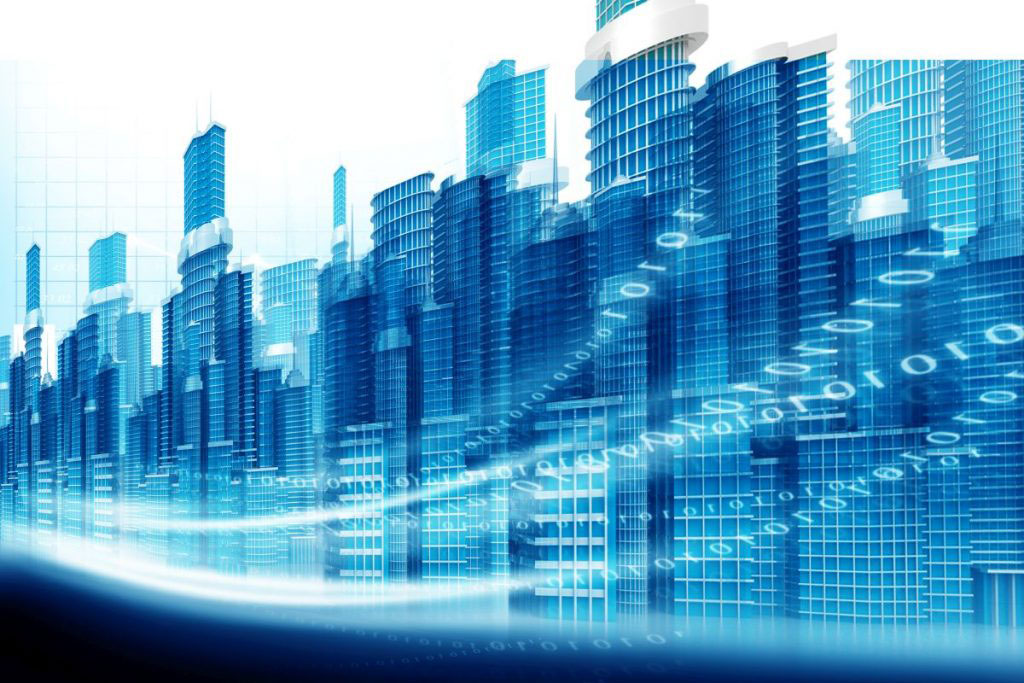 How technology is transforming Indian real estate
How technology is transforming Indian real estateSimilar to this, in the long-established industry of real estate, both established and up-and-coming businesses have come to understand the necessity of adjusting to the rapidly shifting technology environment in order to remain competitive and stay relevant. With the innovative and rapidly expanding idea, the real estate sector as a whole has experienced a seismic transformation in the past ten years.
The function of technology in organisations has changed in the current digital era from a backend facilitator to a key component of corporate strategy in a range of sectors. The epidemic accelerated many businesses' digital transformation initiatives, and the Indian real estate market was no exception. The landscape has been excellent in terms of adaptability and promptness to accept the developing tech-enabled market. Stabilising their current business has aided in fostering real estate resilience and secured their potential for future expansion.
Every facet of human behaviour is being increasingly driven by technology, which is also playing an increasingly important role in the real estate industry. Since many industries and technology work hand in hand, technology has aided in the evolution of several industries and sectors. No sector has ever been immune to this change in how various industries develop due to new technology. Over time, the use of technology has contributed to changing how much money is made.
The first wave of extensive technology adoption (property + technology) and the emergence of online ads for house buying, selling and renting occurred in the early 2000s in the Indian real estate industry. Since then, India's prop-tech industry has progressively developed. Although there have been slight advancements, the prop-tech sector has yet to see much innovation outside of a few novel business models like co-living and co-working. Given that real estate is India's largest asset class, this is frequently unexpected.
Over the years, the real estate industry has operated using the conventional model, in which clients and workers of real estate companies have interacted in person. Even yet, during the past three years, there has been a spectacular change from "Real life" to "Real-time" in the real estate industry. Additionally, Covid-19 has significantly advanced real estate technologies. As a result, many real estate customs have been swiftly altered by the most recent emerging trend in the market. The availability of real estate data in a digital format, several changes in customer behaviour brought on by Covid-19, and advancements in AR/ VR (Augmented Reality, Virtual Reality) technology should hasten this field's development. Digital transactions and virtual house tours are in high demand right now. Most of the leading Indian real estate developers now provide 3D renderings and virtual tours as regular services.
Nowadays, practically all real estate activities, including drawing, finance, building, and conventional marketing, are impacted by digital marketing, technology, and sales objectives. Property buyers and sellers can profit from a variety of modern technological advancements. These options are affordable and provide both parties with the chance to engage on a level that was previously impractical.
In conclusion, real estate consultants and developers must support the digital drive in smaller cities as well, as this may assist in boosting both the demand for and supply of property in these areas. In order to speed up the development and completion of the projects, the government has also been promoting changes in the real estate industry over the past three years. To drive digitalisation into the industry and ensure its long-term effect and recovery, the government must urgently inject cash.
It is not completely wrong to claim that technological advancement has made things simpler for Real Estate Industry.